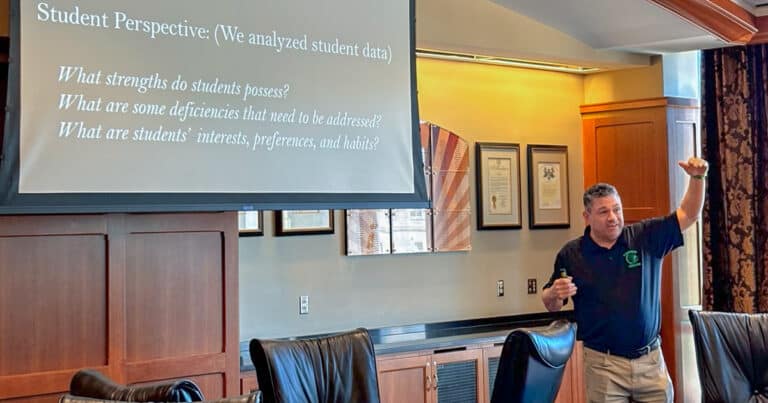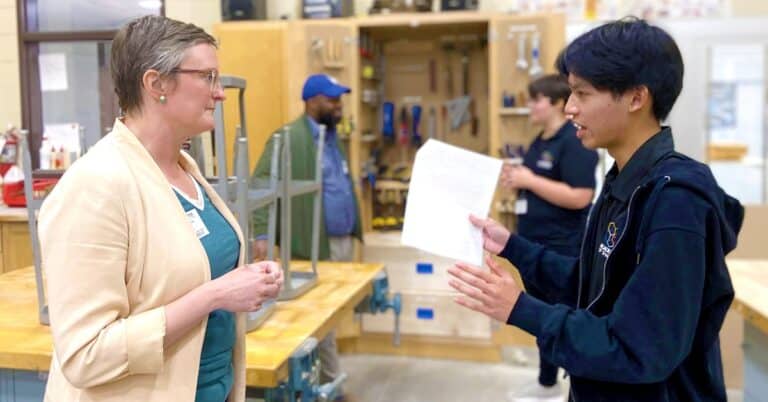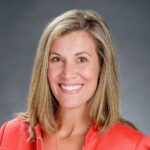Consider the following ways you can create authentic engagement, especially with families and the broader learning community:
Create more opportunities engage families
- Meet families where they are
Sit down with individual families in their homes, attend other non-district events in the community, or organize meetings in familiar gathering places, such as churches, town halls, theaters or any other location where people congregate. - Open doors and create transparency
Allow time for parents to visit classrooms to see learning in action. Host informal chats where parents can come discuss and learn about what’s happening in their learning community and hear from students and their teachers. Leverage your website, including parent/student portals, and social media platforms to consistently communicate, emphasizing how district activities align to your vision. - Solicit and value their input
You don’t have to take every piece of feedback, but you should create an environment where parents feel heard – especially the parents of traditionally underserved learners, such as ELL or other high-needs learners. Ask families for their insight through regular meetings or surveys, and show that you value it by referencing what you heard in future communications and processes.
When Lisa Snyder, superintendent of Lakeville Area Public Schools in Minnesota started exploring personalized learning, she came up against a common question from parents: “If I was educated in this way and am now a successful adult, why won’t it also help my child succeed?”
Opening lines of communication with families revealed that many parents were concerned that their children might not find work in the region after school, forcing them to move home or across the country. Snyder and her district used what they learned to dig into economic data and shape their approach to personalizing learning as a means of future workforce readiness. “We asked the right questions and aligned our responses to what parents and communities said they wanted for kids,” said Snyder.
Build partnerships outside your schools
- Schedule forums
Schedule forums with local businesses, colleges/universities and other community leaders. Ask these stakeholders what skills they need from your graduates, and what opportunities they see for more collaboration. - Identify partners
Identify potential strategic partners for more in-depth engagement. Invite these organizations to sit down with your teachers to map real-world lessons and career paths to learning targets and curriculum. Uncover potential internship, mentorship and capstone projects to provide deeper learning opportunities outside of school. - Connect with districts
Connect with like-minded districts. Leverage opportunities to learn from each other, pool resources and collaborate.
In Marysville, Ohio, more than 20 community meetings were held that were open to parents, educators, community leaders and stakeholders, where Superintendent Diane Mankins asked two questions: “What are you most proud of in our schools? And if you could wave a magic wand and change one thing, what would it be?” The answers to those questions became a vision for the district, and everyone had a hand in it. Marysville has gone on to establish partnerships with Columbus State Community College, Honda Manufacturing of Ohio, Ohio Hi Point Career Center and the Union County Chamber of Commerce. Through internships, mentorships and capstone projects that include these partner organizations, Marysville students have the chance to extend their learning beyond school walls.





